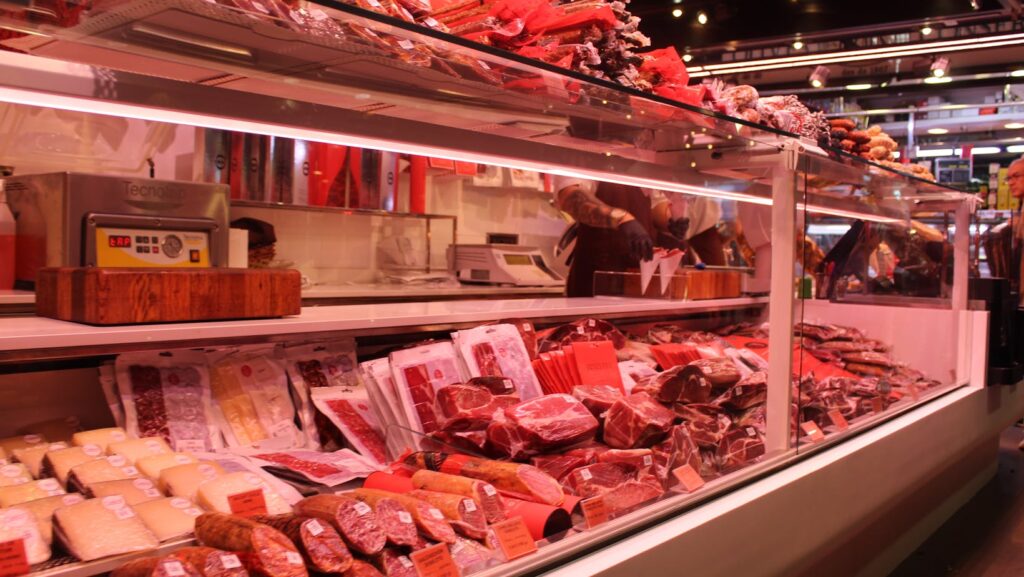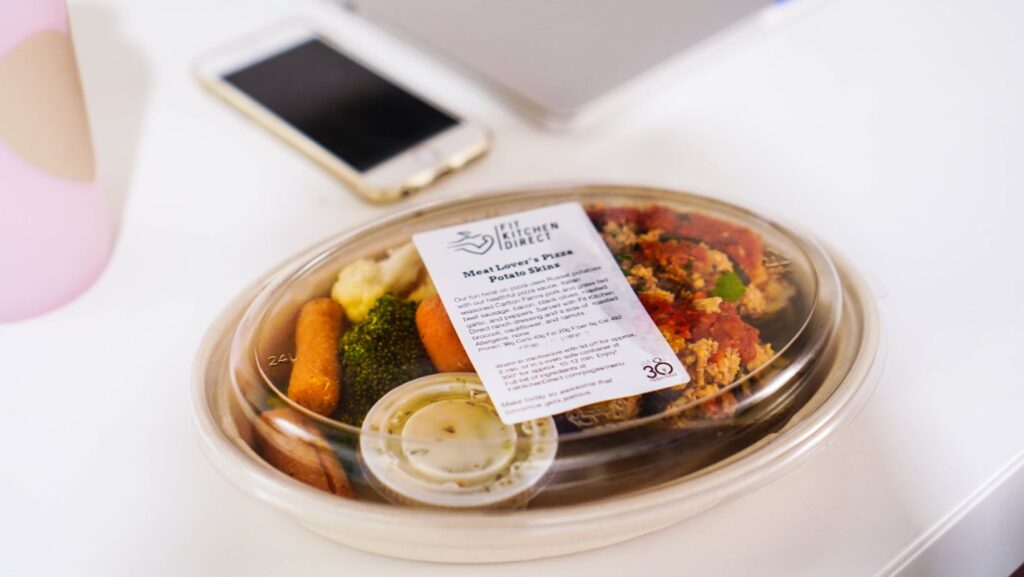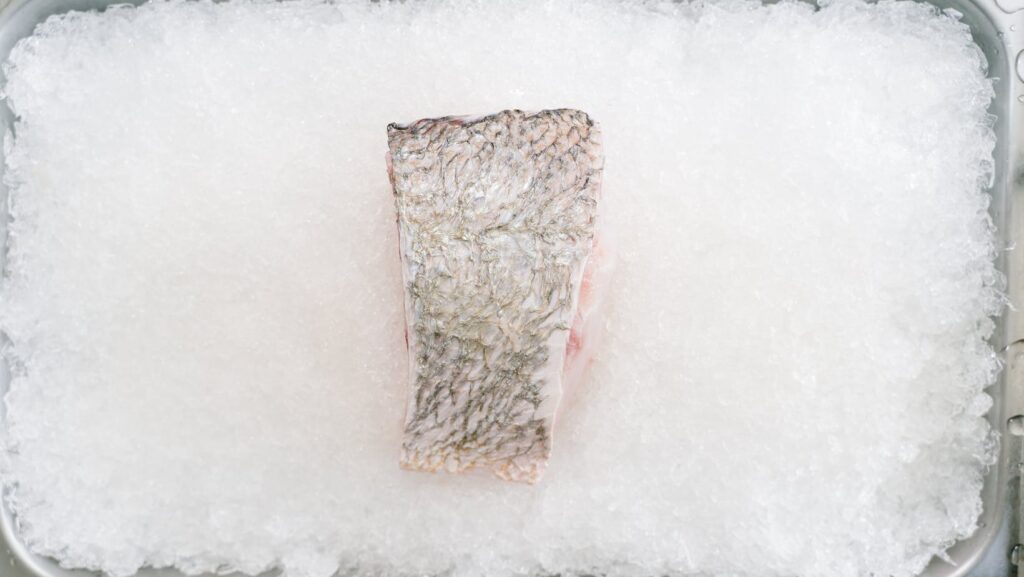Ever wondered how our ancestors managed to keep their food fresh without refrigerators? Welcome to the fascinating journey of the history of food preservation. This tale of innovation and survival has shaped human civilization in ways you might not have imagined.
From salting to smoking, canning to freezing, food preservation methods have evolved significantly over centuries. But why was there a need for food preservation in the first place? And how have these methods changed our eating habits and culinary culture?
History Of Food Preservation
Diving deep into the annals of history, the roots of food preservation stretch back thousands of years. It’s a tale of against-the-odds ingenuity that has influenced not just how we prepare and store our food, but the trajectory of human civilization itself.
Early Methods and Materials
Among the earliest conductors of food preservation, our ancestors discovered sun drying, smoking, and fermenting. It’s estimated that sun drying of fruits and vegetables may have started as early as 12,000 B.C., with evidence found in the remains of prehistoric dwellers. Cold storage, another form of food preservation, harks back to when early humans moved into cold climates and realized that icy conditions could keep their food fresh for longer.
In addition, smoking evolved as a preservation method. When people began to control fire around 1.5 million years ago, they found that smoke from the fire not just cooked but also helped preserve the meat. Meanwhile, fermentation, a slightly more complex process, developed over time. Early examples from 7000 – 6600 BC show this method in action, with traces of molecular signs of fermented drink found in China.

Food Preservation in the 20th and 21st Century
In recent years, advancements in technology have revolutionized food preservation, shaping our eating habits and food choices. From the rise of freezing technology to the evolution of vacuum packing and artificial preservatives, these transformations have impacted society profoundly.
The Rise of Freezing Technology
You’ve now arrived at the 20th century, a time saturated with scientific discovery. One of those scientific gains was the rise of freezing technology, a game-changer in food preservation. Freezing, an idea sparked back in the 19th century, took center stage in the 1900s following Clarence Birdseye’s influential experimentation. Recognizing that rapid freezing preserved vegetables and fish better than slow freezing, Birdseye ignited the beginnings of the frozen food industry.
Imagine this, it’s 1923; Birdseye introduces his patented “double belt” freezer. This innovative technology freezes food products quickly, locking in nutrients and maintaining quality. With his 1929 formation of the Birds Eye Frozen Food Company, the mass production and commercialization of frozen food began. Today, your local grocery stores dedicate entire aisles to an array of frozen goods, from garden peas to gourmet pizzas.

Advances in Vacuum Packing and Artificial Preservatives
Apart from freezing, the late 20th and 21st centuries welcomed other novel preservation methods, including vacuum packing and artificial preservatives. Vacuum packing, a technique of extending food shelf life by eliminating air from the package, presented an excellent solution for preserving perishable foods. No secret, around 1810, French confectioner Nicolas Appert had already applied the concept of vacuum sealing in his canning process.
Fast forward to 1963, American inventor Alfred Fielding and Swiss engineer Marc Chavannes boosted the technology by developing plastic bubble-wrap. This invention not only secured sensitive items during shipment but also set the standard for modern vacuum packing.
Moreover, the 20th century ushered in the use of artificial preservatives. Scientists discovered chemicals like sodium benzoate and potassium sorbate could prevent food spoilage. Today, a glance at the ingredients list on your cereal box or canned soup likely displays these preservatives.
Centuries of Innovation
s we look to the future, it’s clear that this journey isn’t over. With emerging technologies and a growing emphasis on sustainability, the story of food preservation continues to unfold. It’s a testament to human ingenuity and our unending quest to nourish ourselves in the face of nature’s challenges. So, as you open your pantry or fridge today, take a moment to appreciate the centuries of innovation that have made it possible.
